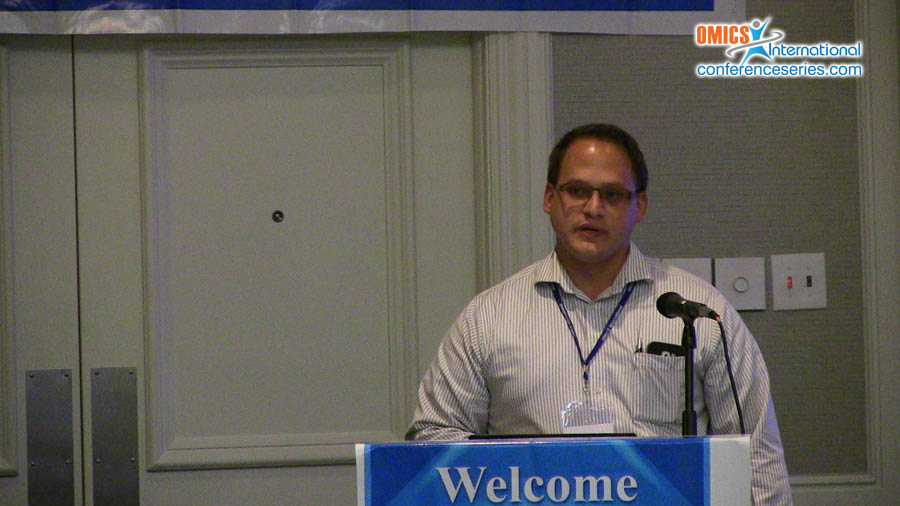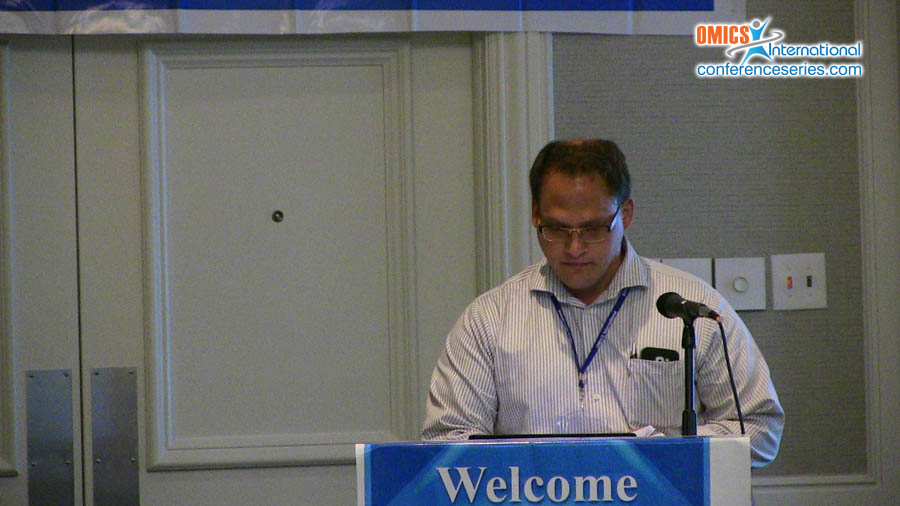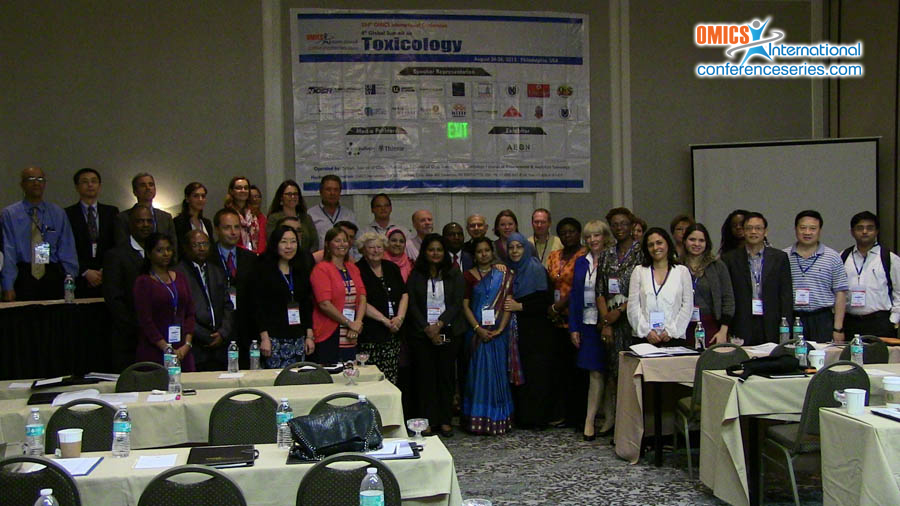
Daniel J Roberts
Research Scientist, Bristol-Myers Squibb
Title: Genotoxicity and Industry: utilizing genetic toxicity assays to support pharmaceutical development
Biography
Biography: Daniel J Roberts
Abstract
The purpose of genotoxicity assays are to prevent human exposure to potential carcinogens. Carcinogenicity testing is not conducted until the last phases of drug development and genotoxicity assays are used as surrogates to predict their outcome by measuring initial key events in the carcinogenic process. During lead optimization, screening assays are used to assist in selection of a drug candidate lacking significant safety hazards. These screening assays include; computerized assessment for the presence of structural features known to represent mutagenic hazards, bacterial reverse-mutation assays (Ames tests), in vitro mammalian cell assays, and appropriate animal studies. Once identified, drug candidates progress to full development where more extensive genotoxicity testing is conducted in compliance with formalized regulatory guidelines. A positive outcome in any of the in vitro assays triggers follow-up testing in vivo to better understand the biological relevance of the positive finding. Ideally, in vivo follow-up testing is conducted using integrated study designs where genotoxicity endpoints are added on to general toxicology studies. This creates a powerful data set as drug exposure levels, organ toxicity, histopathology, clinical pathology, body weights, and clinical observations are obtained concomitantly with genotoxicity endpoints from each biological replicate. This presentation will summarize pathways for enabling first in human drug studies and discuss strategies for developing new chemical entities that are mutagenic, clastogenic, aneugenic, or contain genotoxic impurities.
Speaker Presentations
Speaker PPTs Click Here



